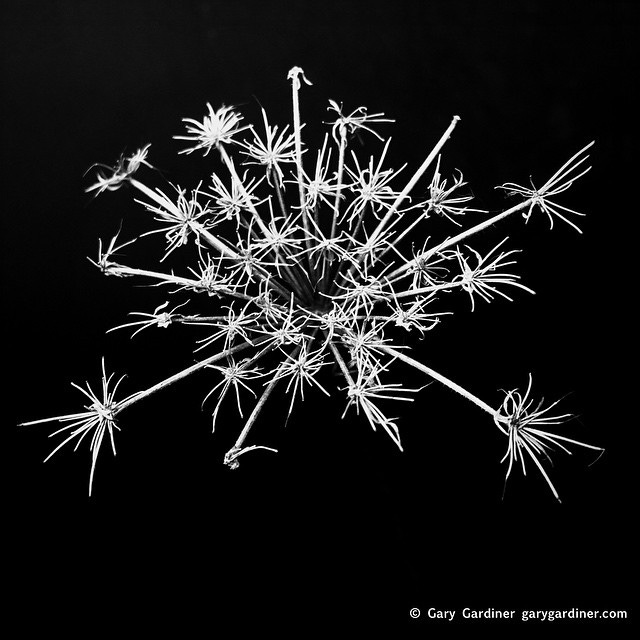Six Composition Rules to Break
Capturing a moment that tells a story is both art and a science. Understanding and applying the rules of composition can significantly impact your photographs. Here are essential composition techniques that every photographer needs to master. And break.
The Rule of Thirds
One of the most fundamental principles in photography is the Rule of Thirds. Imagine your photo divided into nine equal segments by two vertical and two horizontal lines. Placing your subject along these lines or at their intersections can create more tension, energy, and interest than centering the subject. This technique not only adds balance but also helps the viewer travel through and around the photograph. The Rule of thirds sets the guidelines for other composition techniques.
Leading Lines
Leading lines are a powerful compositional tool to guide the viewer’s eye toward the main subject or through a scene. These can be anything from roads, fences, a row of trees, or even skateboards for sale in a store. The key is to use them to lead toward the focal point, making the viewer’s journey through the image both intentional and compelling.
Framing Devices
Framing involves using elements within the scene to enclose the main subject. This technique not only focuses the viewer's attention but also adds depth and context. For example, this tree at a pickleball court adds a foreground object setting the location. Also, a window or an archway can serve as a natural frame, giving the viewer a sense of place and enhancing the storytelling aspect of the photograph.
Symmetry and Patterns
Symmetry and patterns, both natural and man-made, are visually captivating. In chaotic environments, finding and capturing these elements can provide a sense of tranquility and order. Be it the repetitive geometry of urban architecture or the symmetrical lines in nature, these elements can transform a simple scene into a captivating photograph.
Three other PhotoCamp Daily articles mention symmetry.
Sometimes I Don't Know
More times than I’d like to think I’m not sure why I like a photo. Maybe because it is contrasty black and white. Maybe it’s because of the symmetry and the asymmetry combined. Maybe it’s the lines radiating out from a center point. Maybe it’s the dark spot at the center of the radiating lines.
Reflecting On Symmetry
I often find myself in spaces of solitude. When I look around, I discover there is always a symmetry to the place. Or the perfect symmetry is broken, violated, altered, disturbed, at work, or not quite perfect Maybe that’s why I find solitude there.
Studying Symmetry
I mentioned symmetry and solitude in a previous newsletter and wanted to return to symmetry today. Symmetry plays a pivotal role in the composition of these tomatoes at the farmers market. The arrangement creates a sense of harmony and balance that is visually satisfying.
Depth of Field
Manipulating depth of field is a powerful technique. Using a shallow depth of field (where only the subject is in focus and the background is blurred) can isolate the subject from a busy background, making sure it captures the viewer’s attention. This technique is useful in crowded or distracting environments.
Break the Rules
While these rules are the foundation of composition, knowing when to break them is a part of creative growth. Sometimes, the most compelling photographs come from pushing away conventional composition techniques. Experimentation is key to developing a unique style and voice.
Mastering composition is an unending journey for every photographer. Understanding and applying these rules allows you to transform your photographs from simple snapshots into powerful transcendent photos that tell stories. Remember, each photograph you take is an opportunity to convey a narrative, evoke emotions, and portray the world through your lens.
PhotoCamp Daily is always free! But you can pledge support at any time.









